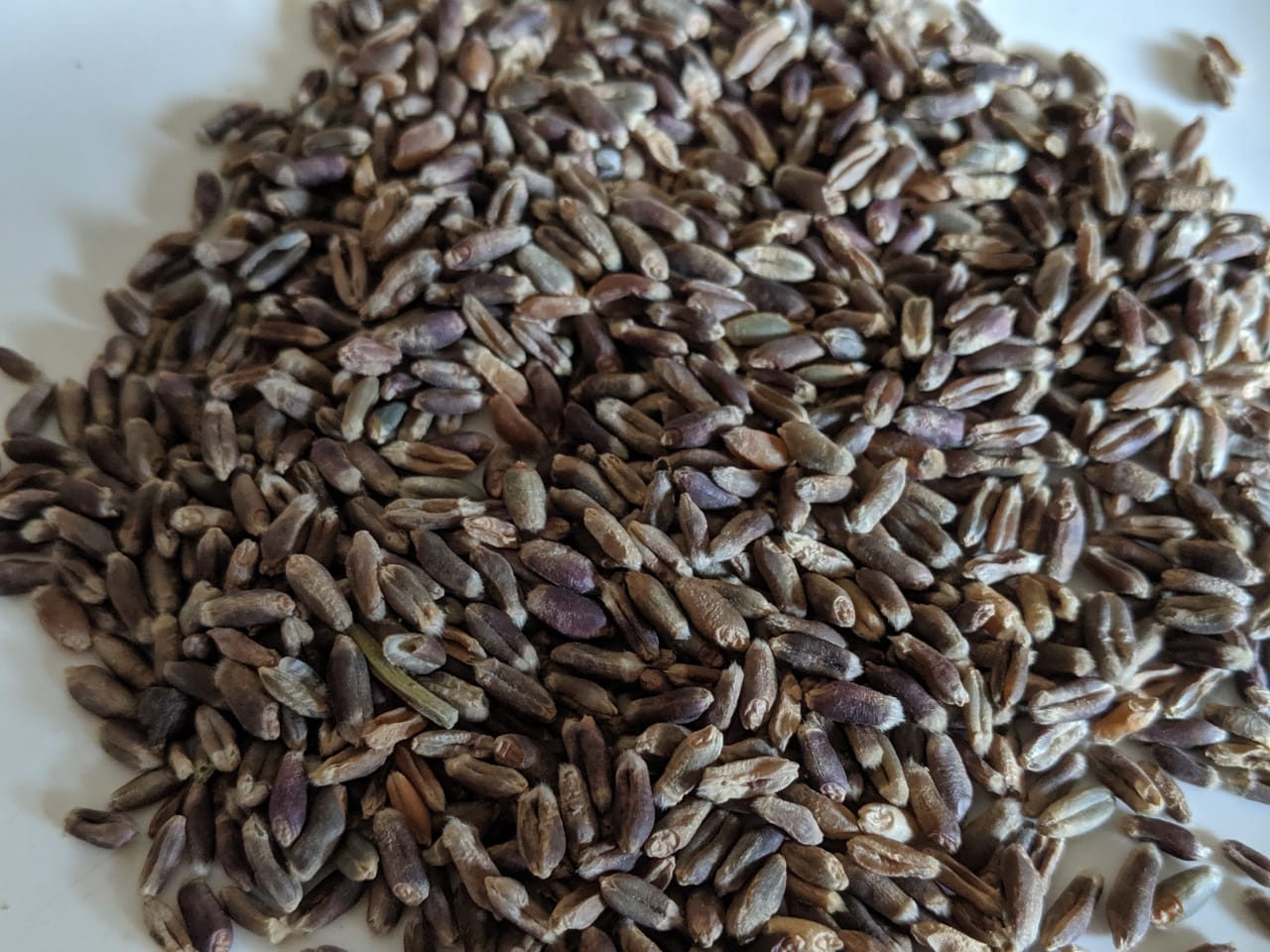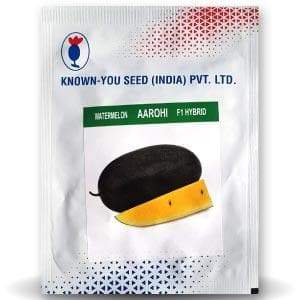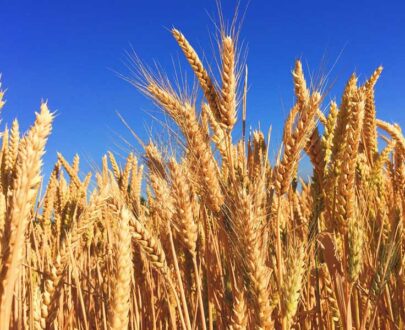- You have no items in your shopping cart
- Subtotal: ₹0
Black Wheat Seeds
is Rich in Anthocyanins have higher dietary fibres and at least 15% fewer carbohydrates than conventional wheat. Anthocyanins are kind of anti-oxidants naturally occurring plant pigments which are generally found in berries, grapes, raisins, etc. Anthocyanins are a kind of antioxidant and fighting free radicals, it may offer anti-inflammatory, anti-viral, and anti-cancer benefits.
What Is Black Wheat?
We may normally use white wheat for our daily routine, but it is much healthier as compared to white wheat. It has many health benefits and has many important nutrients and eating it also increases the body’s immunity. It contains antioxidants, B vitamins, folic acid, selenium, magnesium, manganese, zinc, calcium, iron, copper, potassium, fibre and amino acids, which make this wheat rich in nutrients.

Some of the Key Benefits:
Reduce Obesity.
Diabetes Is Controlled.
Low Blood Pressure.
Cholesterol Level Does Not Increase.
Remove Constipation.
How is Black Wheat Introduced?
The species of wheat are introduced a year ago but after research of many years. It was produced at the National Agro-food Biotechnology Institute University, Mohali Punjab, in 2017. As per the latest news, the institute has a patented now.
How is it Introduced?
What makes it different in colour is the pigment named “Anthocyanin” which also determines the colours of fruits and vegetables. The concentration of these pigments determines the colour of other natural edibles. Regular wheat has a 5ppm (Parts-Per-Million) concentration of anthocyanin; on the other hand, this grain is reported to have around 100-200ppm of anthocyanin (exact figures: 140 ppm). This makes it, scientifically, a healthier option. These Anthocyanins are the naturally occurring antioxidants that develop in a field at the time of grain filling, hence enriching the wheat with loads of nutritional value.
| Regular Wheat
Anthocyanin Content: 5 ppm |
Black Wheat
Anthocyanin Content: 140 ppm (100-200 ppm) |
Advantages and Disadvantages of Black Wheat: It has been in the news and storming social media for the past two years. Many people are still unfamiliar with the term “Black Wheat”, yes, it’s not buckwheat, but black wheat. Really? Well, practically, yes. Here are some facts and benefits that will turn you curious or. This hybrid form of wheat originates from the farming states Punjab and Haryana of India. What more do we expect from this freshly invented crop? Let’s put some light on the facts, including the benefits.
Benefits – In short
It is said to have more nutrition than regular wheat grains, which makes it more helpful for people with diabetes, obesity, and heart diseases. Moreover, it is produced in the ordinary weather conditions that no farmer has to follow rigorous or complicated instructions to generate maximal output.
Difference between black wheat and normal wheat
Normal Wheat
- Anthocyanin Content: 5 ppm
- Zinc content: 28%
- Iron: 25%
Black Wheat
- Anthocyanin Content: 140 ppm (100-200 ppm)
- Zinc content: 35% more
- Iron: 60% more
Benefits of Black Wheat:
This wheat is much more nutritious than ordinary wheat and in terms of quality, it is kept equal to the fruit called Blueberries. Let’s know about the benefits of consuming it-

Stress:
In today’s time, almost every person is more or less suffering from stress. While medications left severe side effects in the body, black wheat has brought a ray of hope to end this terrible disease.
Obesity:
Research has found very encouraging results of black wheat in controlling obesity.
Cancer:
Cancer is a disease for which no permanent treatment has been available yet. At this time black wheat has emerged as a better option in the form of food supplements for all those people when no medicines are available to control this disease.
Diabetes or Diabetes:
The most spreading disease in India as well as across the globe, while the irony is that in spite of many expensive medicines, it’s not curable. But, research has shown positive results on diabetes patients.
| Weight | 1 kg |
|---|---|
| Choose the Weight | 10kg, 5kg |






